Castello di Lerici
Salire al Castello passando tra i Caruggi

Sito Turistico ufficiale del Comune di Lerici. Qui puoi trovare informazioni su eventi e manifestazioni: sport, cultura, musica, intrattenimento e numerose opportunità per famiglie e bambini ti attendono!
Benvenuti nella nostra guida agli eventi: scoprite il ricco calendario di manifestazioni, dalle affascinanti sagre tradizionali ai vivaci festival culturali, passando per emozionanti eventi sportivi: c’è sempre qualcosa di speciale in programma.
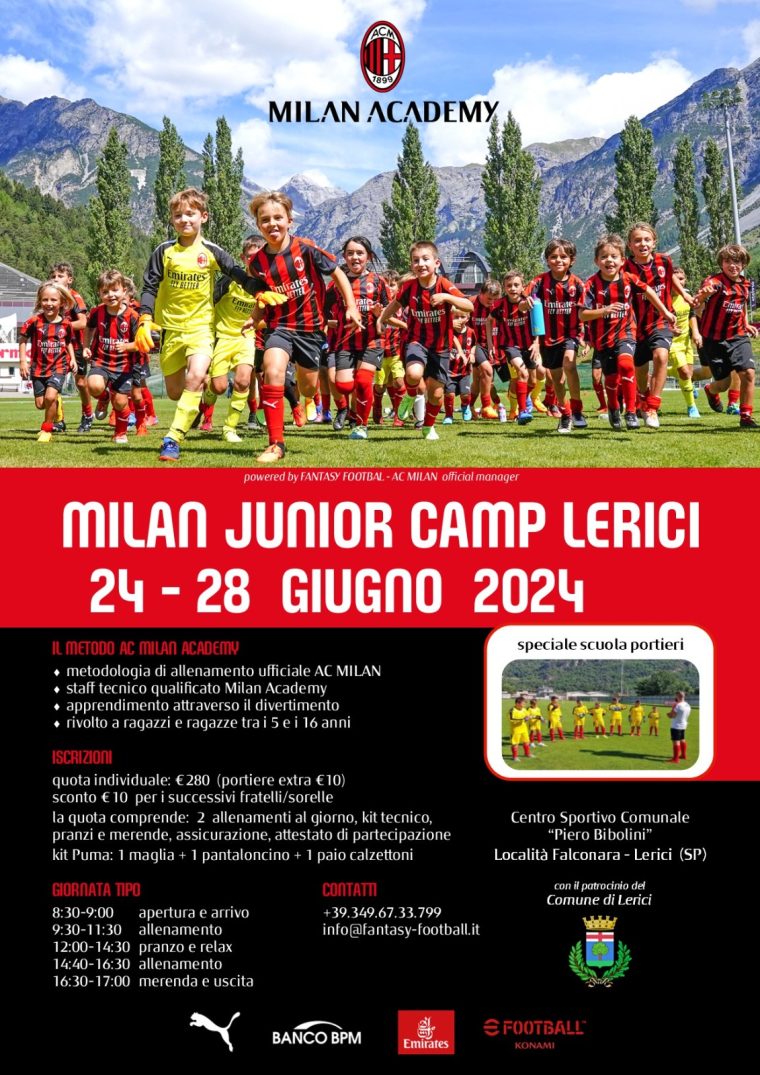
Dal 24 al 28 giugno presso il Centro Sportivo Comunale “Piero Bibolini” (loc. Falconara di…
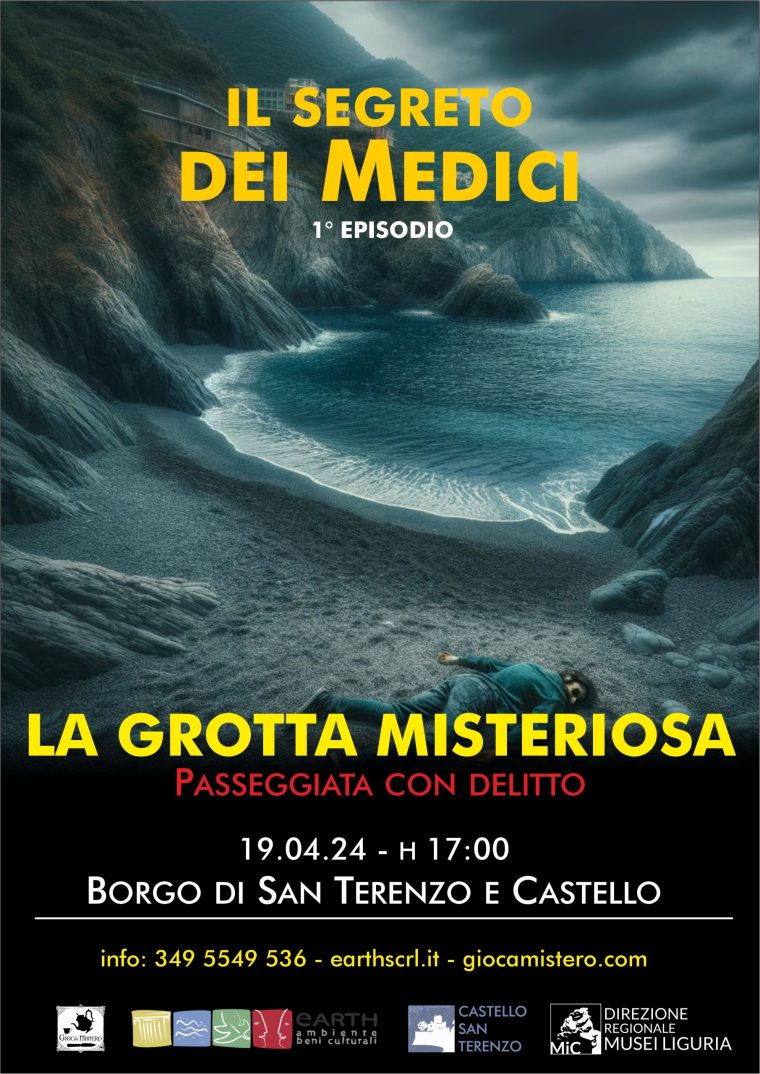
Questa primavera si tinge di giallo con il nuovo evento “Il segreto dei Medici”, una…
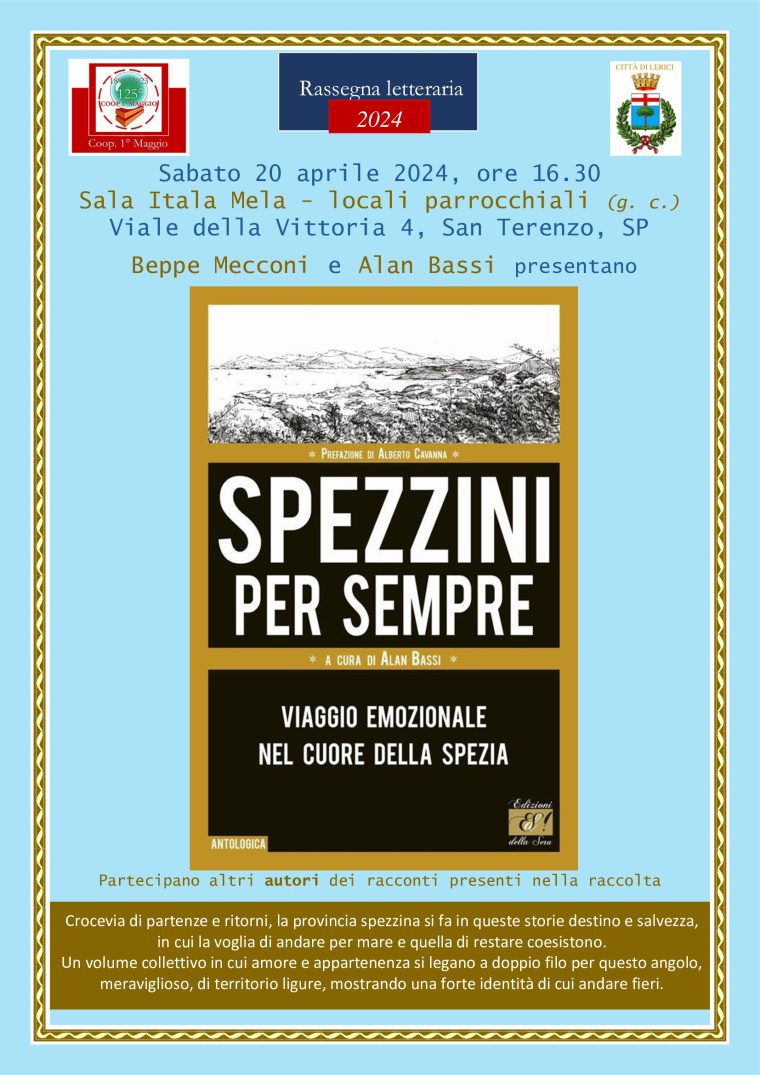
Sabato 20 aprile torna la Rassegna letteraria della Coop 1 Maggio. Beppe Mecconi e Alan…
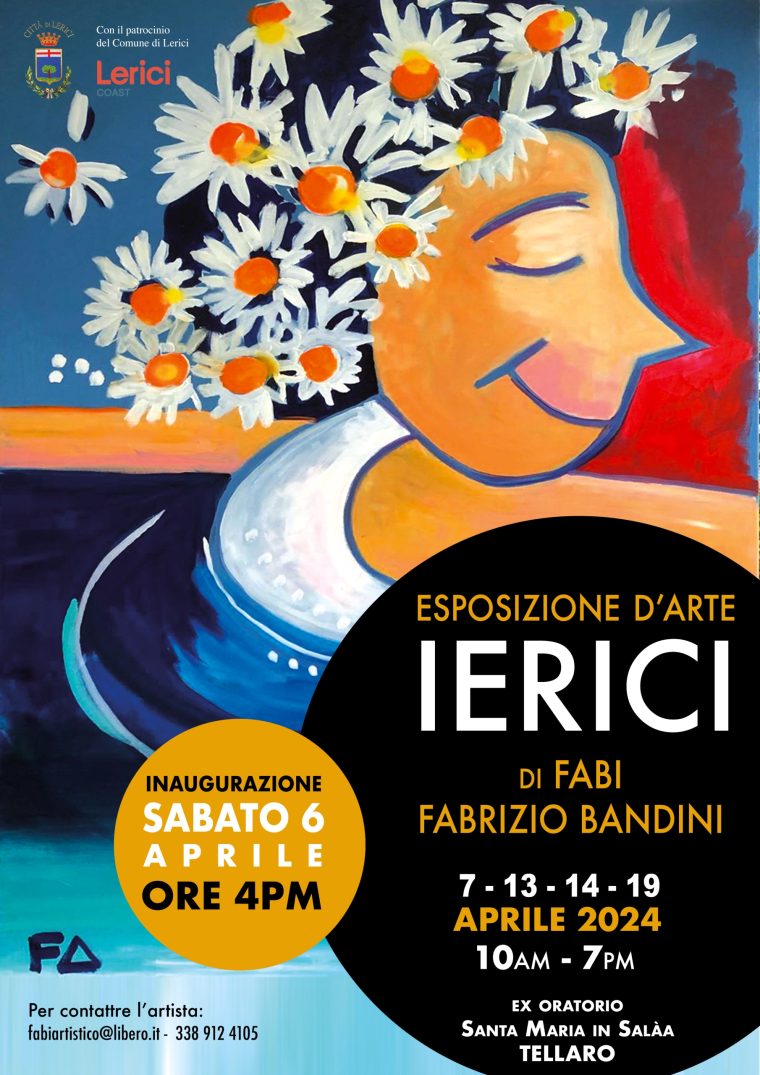
Inaugura sabato 6 aprile alle ore 16.00, l’esposizione artistica LERICI di Fabi – Fabrizio Bandini…
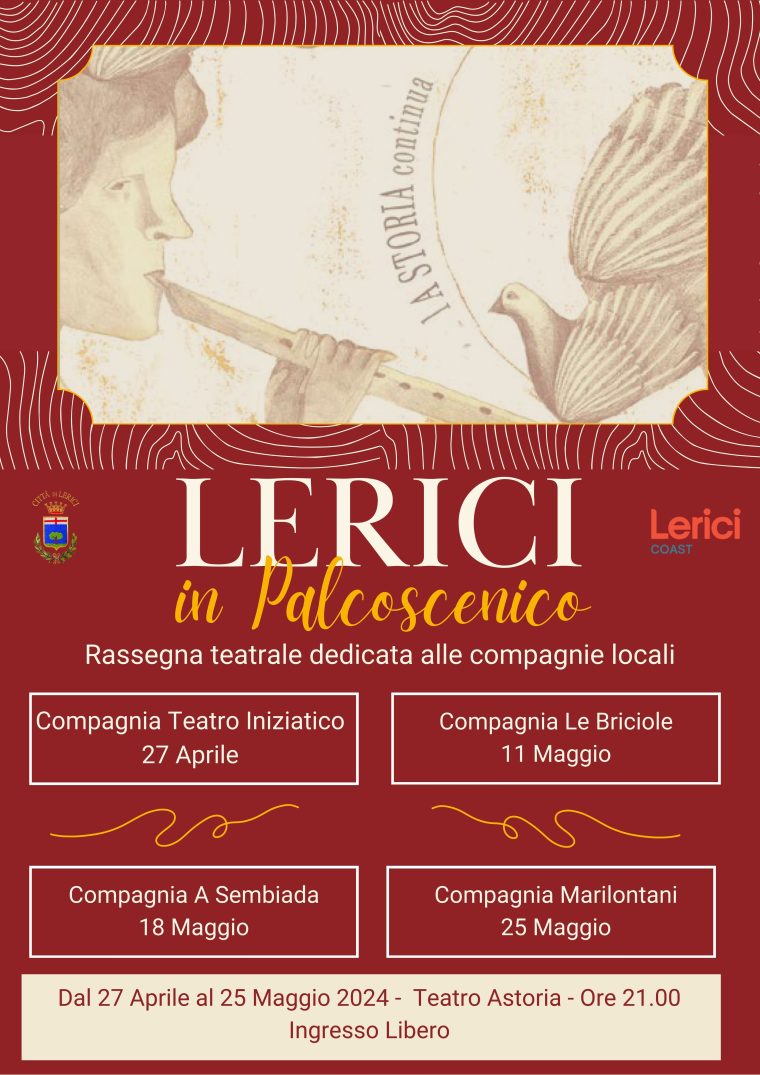
Torna anche per questa stagione teatrale la rassegna dedicata alle compagnie locali “Lerici in Palcoscenico”.…

L’11 maggio la compagnia Le Briciole porta in scena “Afè che bordelo d’entorno ar castelo”.…

Il 18 maggio è il turno della compagnia La Sembiada, compagnia amatoriale serrese che inscena:…

Il 25 maggio è la volta della compagnia Marilontani con “Bela Fegua, a te lo…
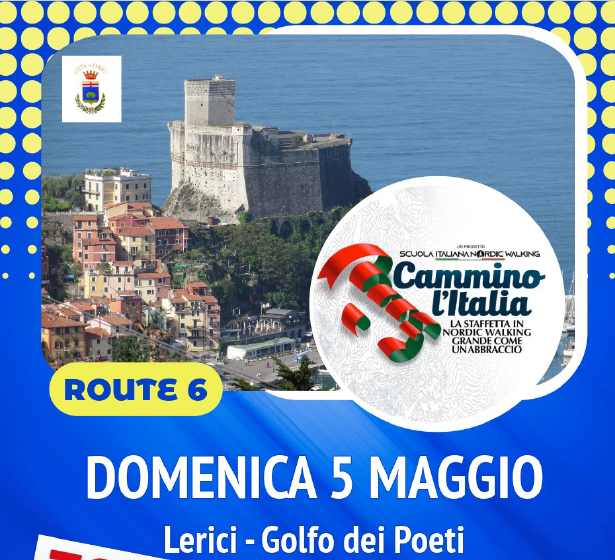
Cammino l’Italia ROUTE 6 A cura della Scuola Italiana di Nordic Walking ————- Ritrovo e…
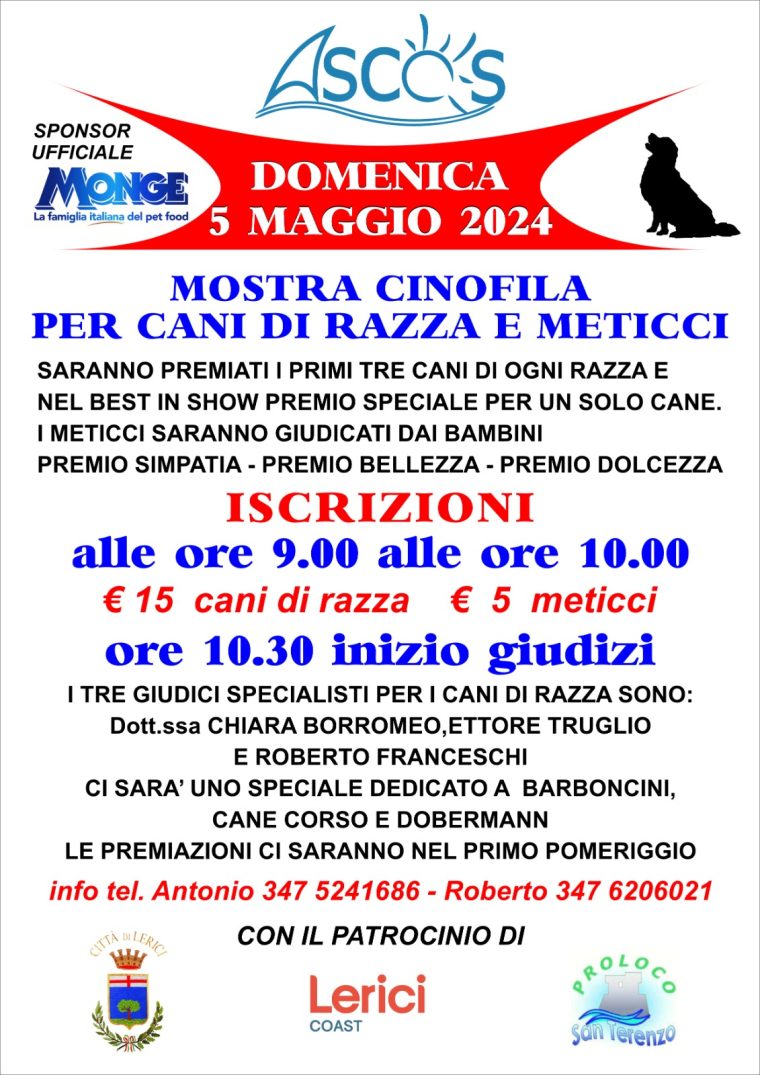
A San Terenzo, un imperdibile appuntamento per gli amanti dei nostri amici a 4 zampe:…
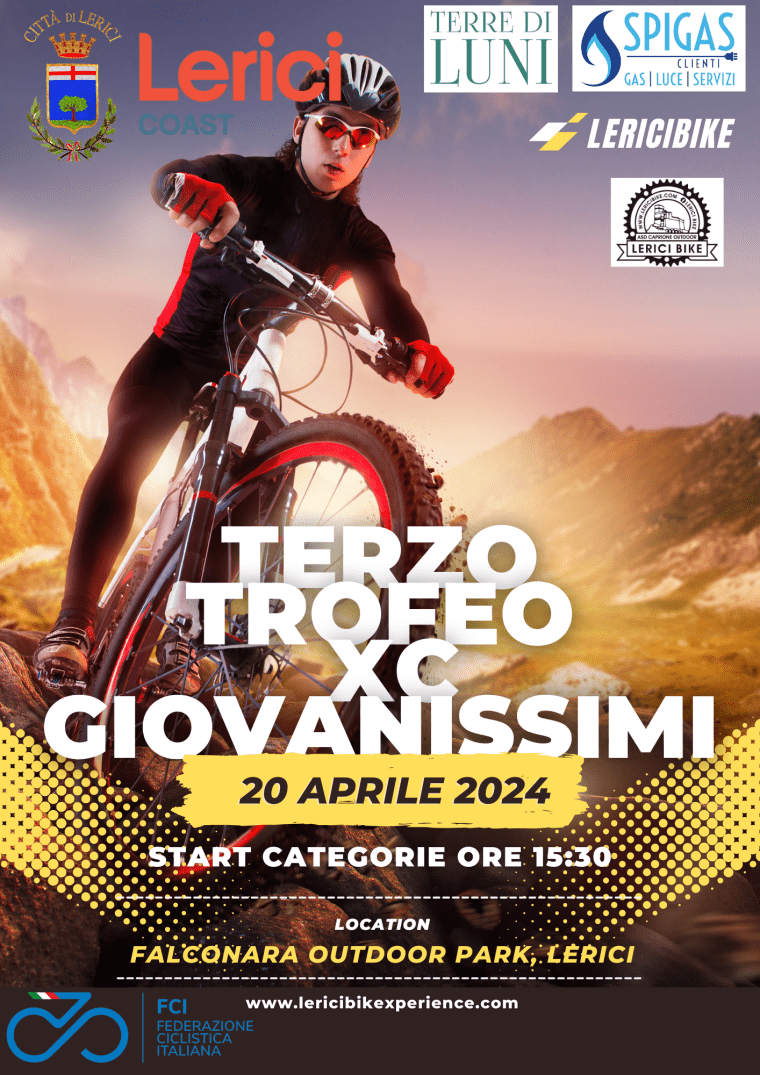
I giovani sono i protagonisti sabato 20 Aprile! Terzo Trofeo XC Giovanissimi, Lericibike, con la…
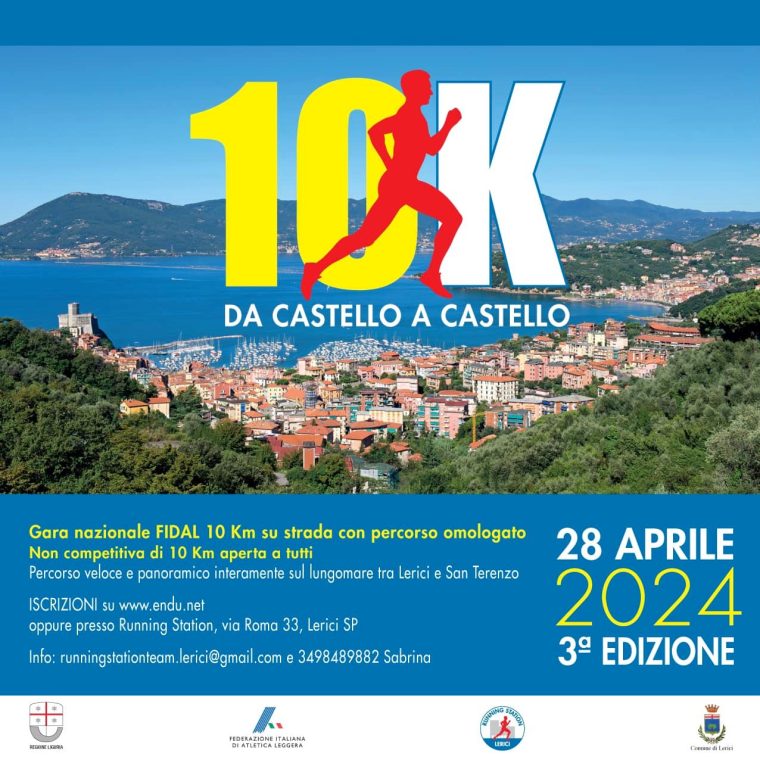
Gara nazionale FIDAL 10km su strada competitiva con percorso omologato FIDAL 10KM non competitiva aperta…

Torna anche in questa stagione teatrale la rassegna dedicata alle compagnie locali “Lerici in Palcoscenico”.…
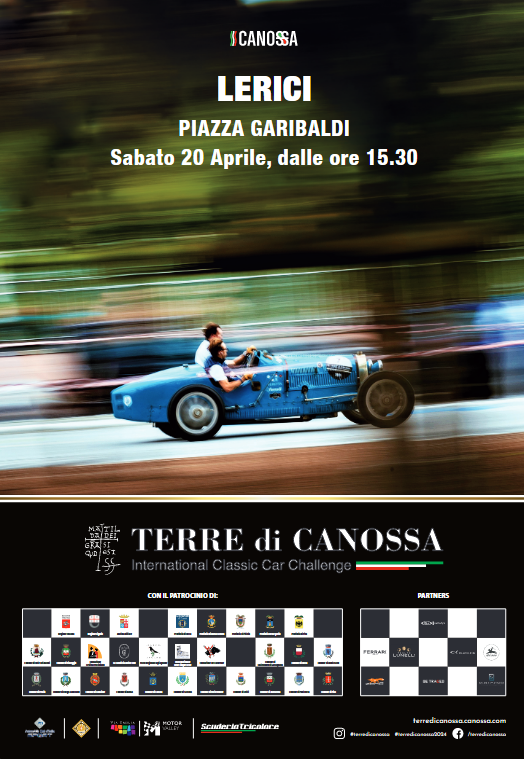
Sabato 20 aprile transita da Lerici Terre di Canossa, una gara che unisce all’abilità di…
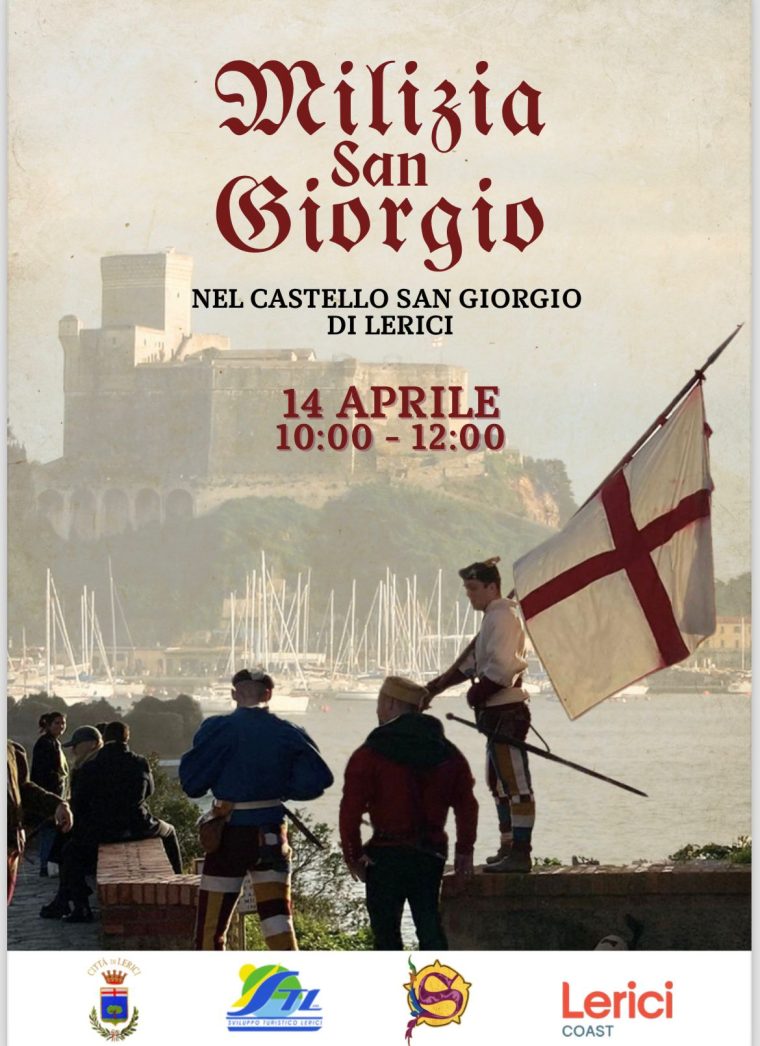
STL – Sviluppo Turistico Lerici, in collaborazione con l’associazione Senza Tempo di Sarzana, organizza il…

STL – Sviluppo Turistico Lerici, in collaborazione con l’associazione Senza Tempo di Sarzana, organizza un…
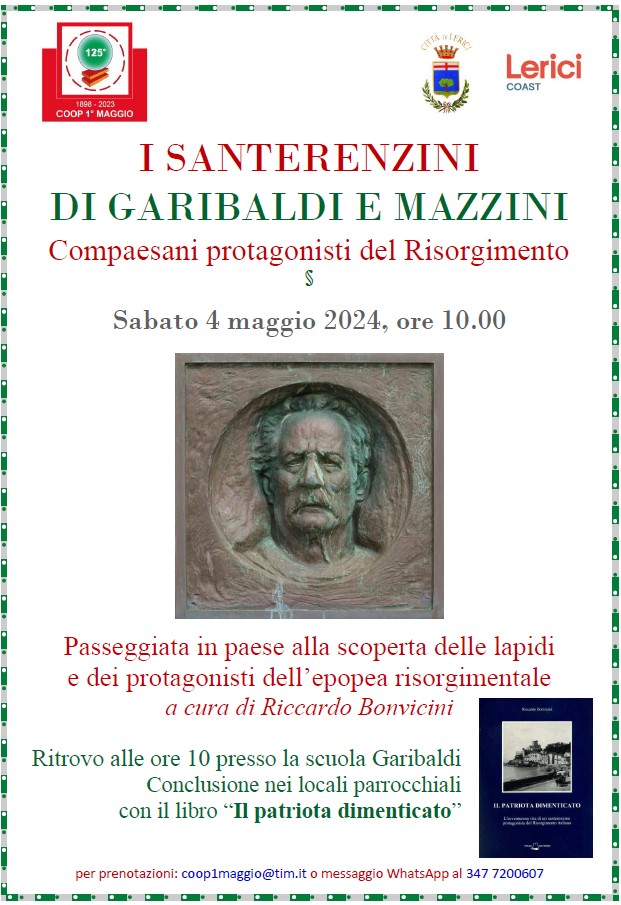
Passeggiata in paese alla scoperta delle tracce dei protagonisti dell’epopea risorgimentale a San Terenzo a…
Organizza la tua vacanza a Lerici: scopri come arrivare, la Zona a Traffico Limitato, il controllo accessi e i parcheggi, il meteo e molto altro …
“Once you travelled, the voyage never ends, but is played out over and over again in the quietest chambers. The mind can never break off from the journey.”

“Guardar il sole mentre tramonta su questo paesaggio, le stelle brillare e la luna sorgere era di una bellezza stravolgente.”

“Al centro della festa è Lerici: non ho mai visto tanto e così perfetto sole.”

“Beato te, o Poeta della scienza,
che riposi in pace nel Golfo dei Poeti.”
